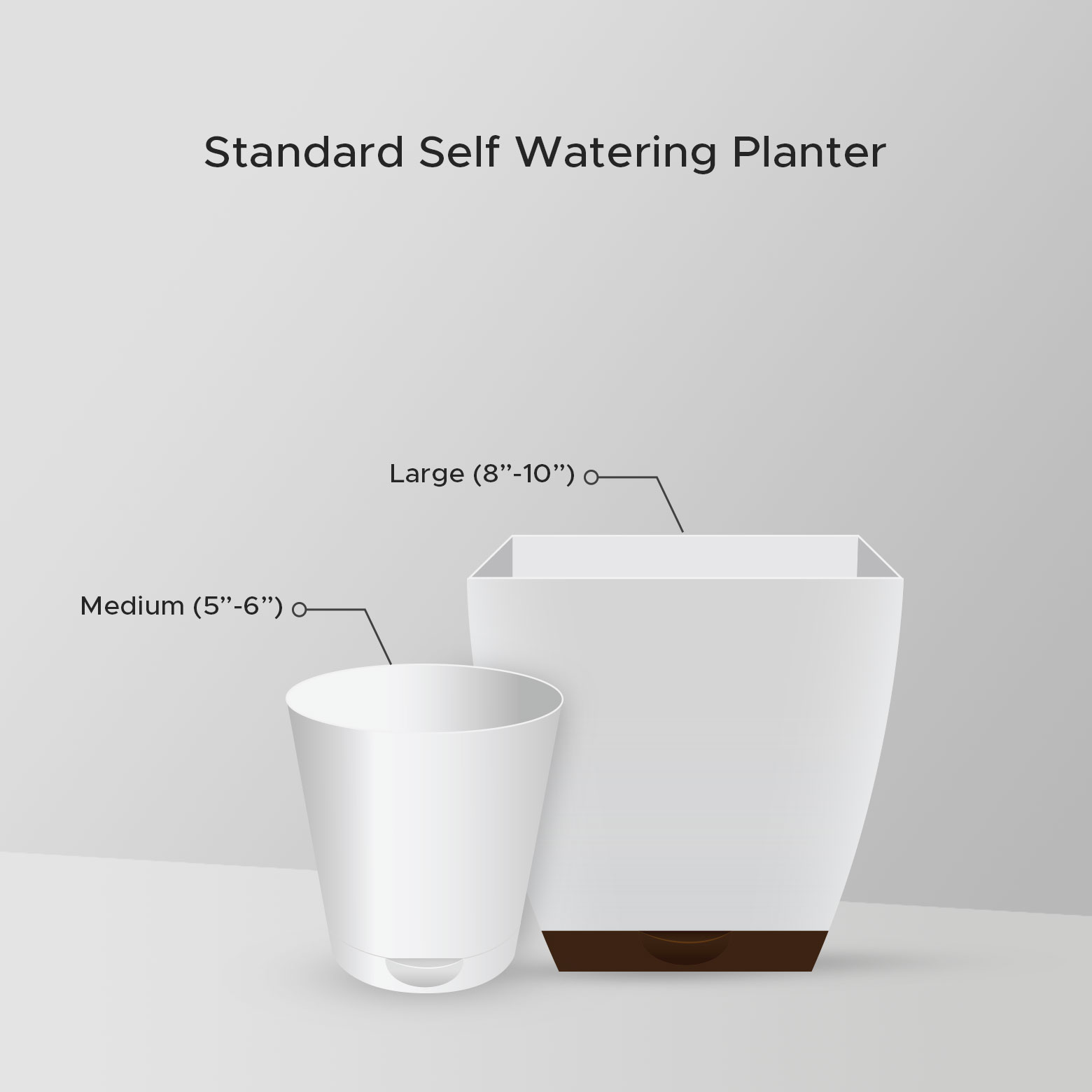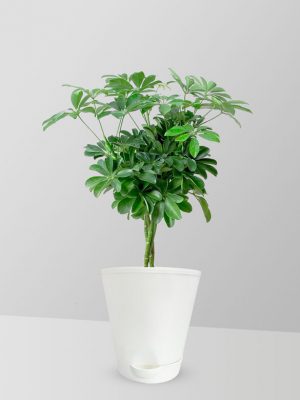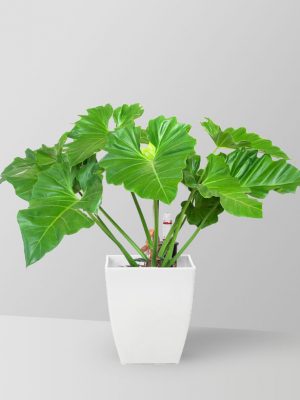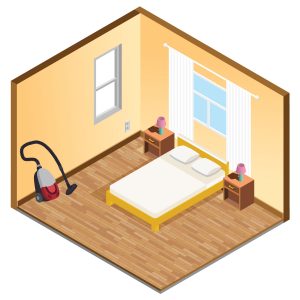Know your Plant
- This elegant beast has spectacular antler-shaped fronds.
- Given the right care & attention, it makes a great houseplant.
- Their beauty really shines kept in a hanging basket as a stand along specimen. This enabes its hanging fronds to cast shadows against the wall, creating a sense of peace and calm.
Plant Essentials
Light
Filtered sun. Bright indirect light
Temperature
10-30°C
Water
Keep the compost moist from spring to autmn, allow the compost to dry out between waterings during winter. Mist the leaves everyday in the morning. Good drainage needed.
Media
Loamy soil
Fertiliser
Apply balanced liquid fertiliser every month from spring to autumn.


Potting
Plnat in a medium sized pot or a basket of orchit compost. Repot every 2 - 3 years in spring once it outgrows its existing pot.
Other Tips/ Info
Overwatering will rot the plant. Needs high humidity, set on a tray of water or damp pebbles.
Preferred Pot Size
5-8 inches
Maximum Height
N/A
Approx. Spread
N/A
4/5
(2 Reviews)


















1 review for Staghorn Fern
There are no reviews yet.